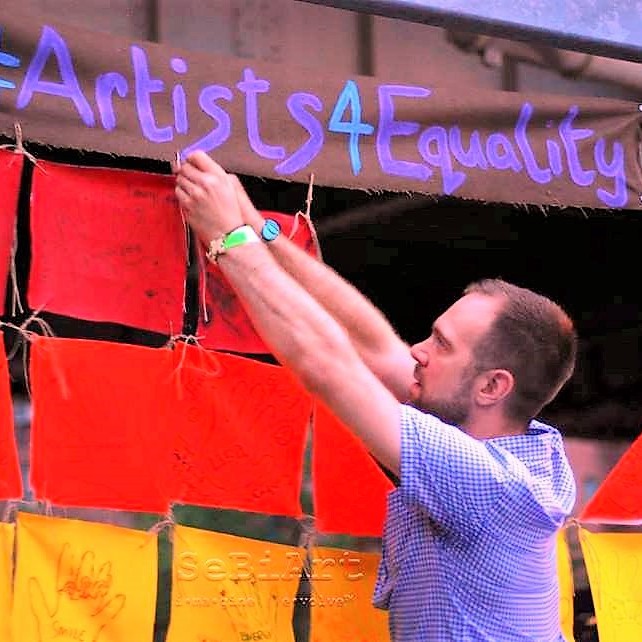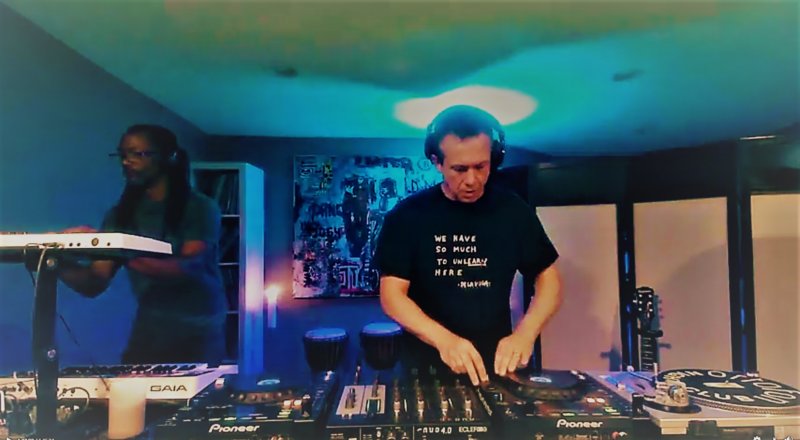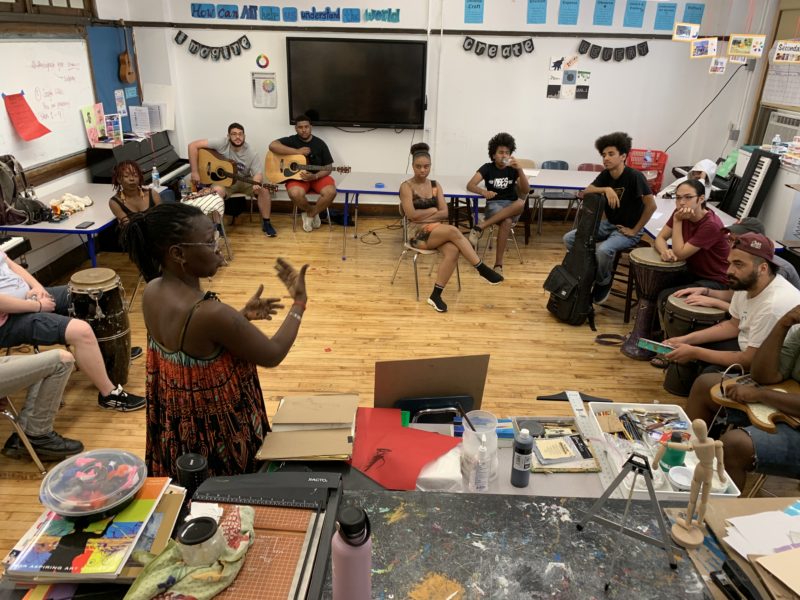
Frank Jackson is the founder and executive director of Art for Progress – a charity that provides arts education for underserved youth. Fine Art Shippers spoke with him about how art can change lives and make a difference.
Art for Progress: Opening Up New Perspectives for Underserved Youth
How did Art for Progress come about? What was your motivation?
Frank Jackson: It all started in 2004. We realized that a lot of artists although very talented creatively were struggling with the business side of things and marketing. We decided to organize an event to promote them while raising money for an arts education charity. The event was very successful, which encouraged us to organize more events combining visual art, fashion, and music. People started to take an interest and offered their help. The idea gradually evolved into a range of services for artists that went beyond promotion such as health insurance, partnership programs with various arts organizations, discounted art supplies, musical instruments, etc. We had some great success stories getting artists in the New York Times and other top publications. In 2005, we registered Art for Progress as a charity, obtained a vendor license from the Department of Education, and expanded our activities to include art programs for schools. This has been our main focus ever since.
What kind of arts programs do you offer in schools? How do they differ from one community to another?
Art for Progress offers in-school electives, regular classes in several art disciplines, after-school programs as well as community-based programming. We try to be as flexible as possible, knowing the constraints and budgets of the schools. Depending on the funds available and the needs of the school, we work with them to provide the best program possible. At the end of the day, our goal is to work with the students. We also have programs outside the school system. For example, our young adult program provides support for our students after high school. In addition, we have the Summer Arts Program, funded by the Matisse Foundation, which is now in its fifth year.
Your programs are focused primarily on underserved youth. What challenges does this pose?
Usually, these young people do not have access to the arts in the school system. That has to do with the schools’ budgets. Arts are not seen as a necessary part of the curriculum, so they are poorly funded or not funded at all. As a result, underserved children, many of whom come from difficult backgrounds, do not have the opportunity to engage in creative activities, which can help them on both a personal and school level. Over the years, we have seen that many children who did not do well in school made significant learning progress after picking up a tool with which they could be creative, be it a musical instrument, painting, or fashion design. That’s what inspires and motivates us. And even if it’s just one child, it still makes a difference.
Do you track your students’ professional and personal development after completing the program?
Yes, and this is a very rewarding part of our work. We stay in touch with many of our students. Some of them are now working as teachers, others in music studios. Many are playing in bands, recording albums, and doing lots of great things. And we often hear how grateful they are for what they have learnt with Art for Progress. That motivates me a lot and gives me the energy to keep going. Because the environment is very challenging. The Department of Education is very bureaucratic. There are a lot of rules and requirements, but seeing the results of our work always reminds me of how important it is.
You are an entrepreneur, businessman, DJ, and music producer. How does your experience and knowledge in each of these areas translate into your work as AFP director?
Originally, I wanted to use my experience to help artists understand the importance of the business side of their profession. Creatives are generally not very good at managing the business side of things. Even in colleges and art schools, there’s not much offered in terms of business and marketing. Yet, this is really important for an artist to be able to practice art and find success. We often see that the most successful artists are not always the most talented. The reason is that they put time and effort into networking and building relationships, which ultimately pays off. My goal as a mentor is to get that message across to artists. There is no shortage of talent in the market, and you need to figure out how to stand out. Of course, that’s a challenge for most artists because their brain works differently, but they need to at least be aware of how to collaborate with other people who can help them with art management and promotion.
To conclude, can you share any exciting news or plans for Art for Progress?
First, our Summer Program is happening right now and runs through August 12. It is free and intended for students interested in pursuing careers in arts. The program includes classes, workshops, and discussions in visual and multimedia arts, illustration, music, and fashion. Our students not only have the opportunity to learn about different areas of art but also meet practicing artists who share with them their experiences, both positive and negative. This helps students get a real feel of the profession and make a decision about whether they want to choose it as their career.
Another piece of news is that we received a renewal of a multi-year grant to fund the summer program from the Matisse Foundation. So we are funded until 2024, which means that Art for Progress will then reach its twentieth anniversary. Over the years, we have managed to build a sustainable organization that is constantly evolving and making change happen. That’s really exciting and inspiring.
Photo courtesy of Frank Jackson


